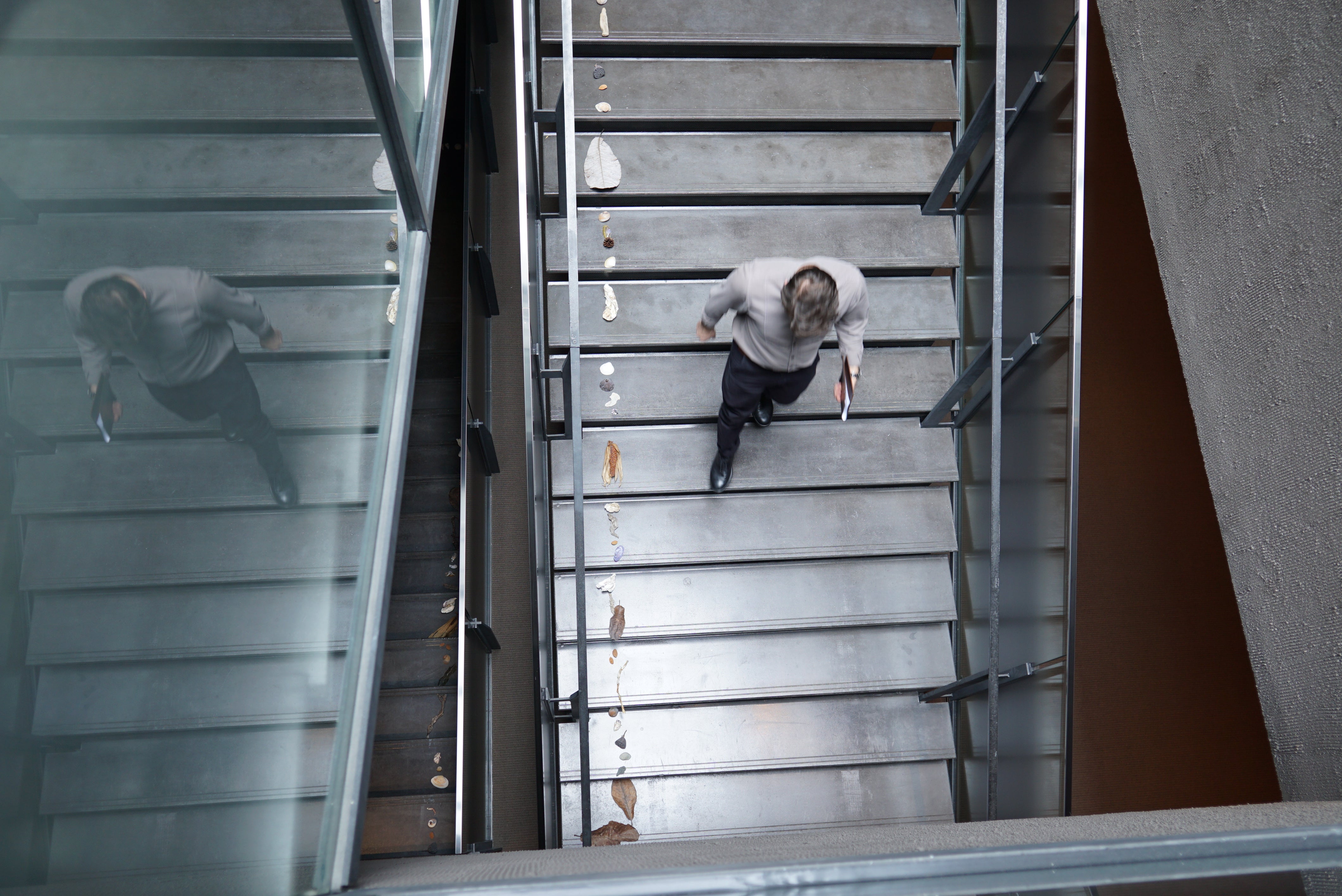The reason I visited Kyoto, where the cherry blossoms are in full bloom, was to visit Noma Kyoto , which is currently being held at ACE HOTEL.
The digestif menu at Noma Kyoto includes mitosaya's AWA BIWA , BLOOD ORANGE , LOOT ROOT , KASUTORI , Fine De Michinoku , as well as the newly released SAKURAMARO and POST OLIVE. We asked them to choose.
Japanese whiskeys such as Ichiro's Malt, Akkeshi, and Kanosuke, as well as Yamato Sakura We are incredibly proud that our distilled spirits made from Japanese fruits and botanicals have been chosen alongside shochu from other countries.
In addition, two of the cocktails they served also used mitosaya's eau-de-vie as a base.
Last fall, Mees , the head sommelier, came to visit us at Mitosaya and noticed ANT CICADA , which he was planning to use at SAKURAMARO. I received some droppings from the cherry tree caterpillar "Sakurakemushi" that lives on cherry trees. If you soak the droppings of the Sakurakemushi, which only eats cherry leaves, in hot water, you can make a high-quality tea that allows you to enjoy the scent and color of cherry blossoms.
The dung was brought back to Copenhagen and handed over to Carolyne in the tea section, after which it was safely delivered to Ren e The check also passed.
The menu for this event includes a non-alcoholic pairing course of a blended tea made from cherry blossom caterpillar dung and plum blossoms collected at mitosaya, which has been steeped in water and then carbonated.
Now, about the food. The menu of 13 dishes certainly used Japanese ingredients, especially ingredients from Kyoto, but the impression was different from both traditional Japanese and Western cuisine. Of course it was delicious, but each dish had surprises and playfulness in appearance and taste, and there were points of interest like, "Where does this flavor come from?" or "This combination of texture and aroma!" If I may be so bold as to say, they were trying to be funny.
In that sense, I think people who are used to eating Japanese ingredients will enjoy it more. Our herbs and wild plants are used in abundance, which is very reliable.
The pairings are also perfect, with Yorocco 's wakame and futou vine beer, Terada Honke 's acorn sake, and wines from Norakuzo and BEAU PAYSAGE, which are all things that are hard to find anywhere else, making it a joy to come here and drink what you want.
The non-alcoholic pairings were also interesting, but if I write any more it will be a spoiler for people planning to go, so I'll stop here.
(If you're interested, send me a message and I'll send it to you)
I was impressed that something so far-reaching could be created using materials that were readily available. I returned to mitosaya feeling very inspired.







The reason for my visit to Kyoto, where the cherry blossoms are in full bloom, is to visit Noma Kyoto , currently being held at ACE Hotel.
I was asked to choose AWA BIWA , BLOOD ORANGE , LOOT ROOT , KASUTORI , Fine De Michinoku, SAKURAMARO and POST OLIVE from mitosaya for the digestif menu served at the Noma Kyoto. Ichiro's Malt, Atsugishi
We are very proud to have spirits made from Japanese fruits and botanicals chosen alongside Ichiro's Malt, Atsugishi, Kanosuke and other Japanese whiskeys and Yamato Sakura shochu.
They also used mitosaya's eau de vie as the base for two cocktails.
Last fall, Mees, the head sommelier who came to visit mitosaya, noticed the feces of a cherry blossom caterpillar, "Sakura Kemushi," which was shared with us from ANTCICADA with the intention of using it in SAKURAMARO. The poo of the sakura-kemushi, which eats only cherry tree leaves, is soaked in hot water to make a refined tea with the aroma and color of cherry blossoms.
This poo was brought directly back to Copenhagen and passed the Rene check without incident after being handed over to Carolyne in the tea section.
For this year's menu, we were served a non-alcoholic pairing course of a tea blend of cherry pestle poo and plum blossoms collected at mitosaya, which is carbonated after being brewed with water.
Now, let's talk about the food. While the 13-course menu was indeed made with Japanese and Kyoto ingredients, it was neither traditional Japanese cuisine nor Western cuisine. The dishes are delicious, of course, but each dish has its own surprise and playfulness, both in appearance and taste, and there are points of interest, such as where this flavor comes from, or the combination of this texture and that aroma! There are points that catch you off guard, like where this flavor comes from, or the combination of this texture and that aroma! If I may be so bold as to say so, they are trying to be popular.
In that sense, I think people who are used to eating Japanese food will enjoy it more. Our Friends' farm Naeme herbs and wild plants are also used in abundance and are very reliable.
The pairings were also perfect, with wakame seaweed and foutoukazura beer from Yorocco, Donguri sake from Terada Honke, and wines from Nourakura and BEAU PAYSAGE, all of which are hard to find only here, and a joy to find when one wants to drink them here.
The non-alcoholic pairings were also interesting, but to write more would spoil it for those who are going to the restaurant, so I'll leave it at that.
It is possible to create such a long-distance expression with materials that are close at hand. I will return to mitosaya with great inspiration.











